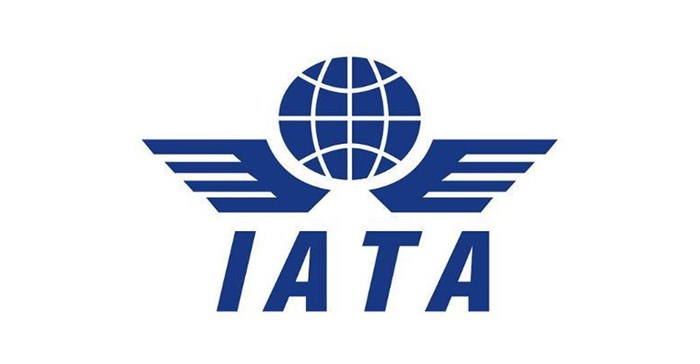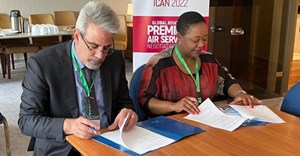IATA: global standards, operational data answer to future safety

In light of this, the IATA urged aviation stakeholders to follow global standards and make greater use of operational data in order to safely accommodate the additional 3.8 billion air travellers by 2036.
De Juniac noted that 2017 was a very strong year for safety. There were no fatal accidents involving jet passenger aircraft and the fatal accident rate was 0.14 per million flights - the equivalent of one fatal accident for every 6.7 million flights - according to IATA’s recently released 2017 Safety Report. De Juniac said that there is room for improvement and that the aviation industry’s common goal is having every flight take-off and land safely.
Global standards
The fact that global standards and best practices are vital to sustaining safety improvements is demonstrated by the performance of airlines on the IATA Operational Safety Audit (IOSA) registry. "Now in its fifteenth year, IOSA is the recognised global standard for operational safety. Over the last five years, the accident rate for airlines on the IOSA registry has been nearly three times better than for non-IOSA airlines," said De Juniac.
Introducing automated advanced business analytics to the IOSA process will enable better management of resources, the ability to measure the effectiveness of standards, and an enhanced level of quality assurance. Digital transformation also will enable more seamless interaction on industry safety initiatives, standards and operational practices, as well as benchmarking.
Greater use of operational data
"Future safety advances primarily will lie in achieving a better understanding of what happens in the more than 100,000 flights operating safely every day, through analysis of flight information and other data resources. IATA’s Global Aviation Data Management (GADM) initiative is a crucial part of this effort. The GADM program now includes information from over 470 different organisations. Over 90% of IATA members are contributing to at least one of the GADM databases," said De Juniac.
In a related initiative, IATA and the Civil Aviation Authority of Singapore (Caas) recently signed a memorandum of collaboration to establish a Safety Predictive Analytics Research Centre in Singapore (Sparc). Sparc will leverage operational safety information from GADM to assess potential hazards and identify safety risks.
End-users across the aviation community can then work collaboratively at the system level to address and implement appropriate safety measures to mitigate the risks, or even to prevent the occurrences of safety hazards.
De Juniac also said that IATA is developing a global database of turbulence reports to provide airlines with an enhanced situational awareness tool.
















